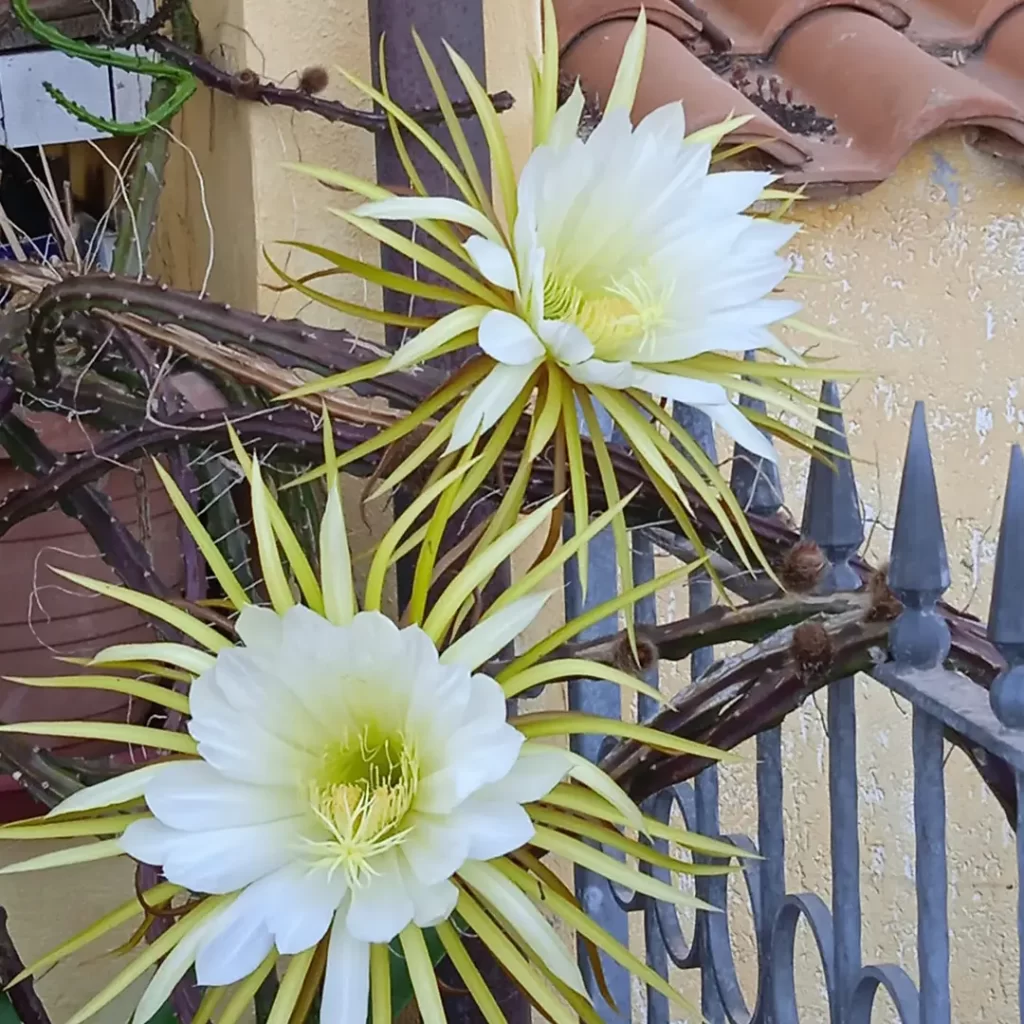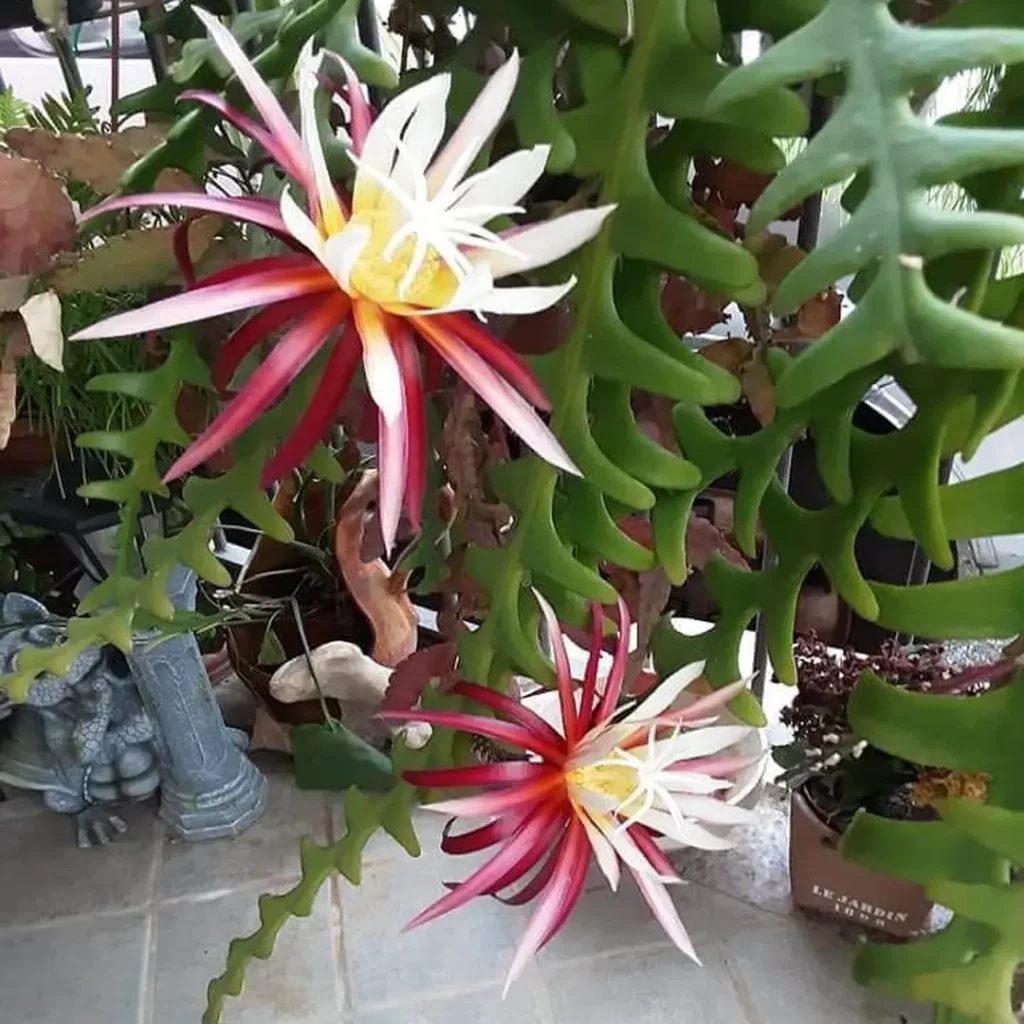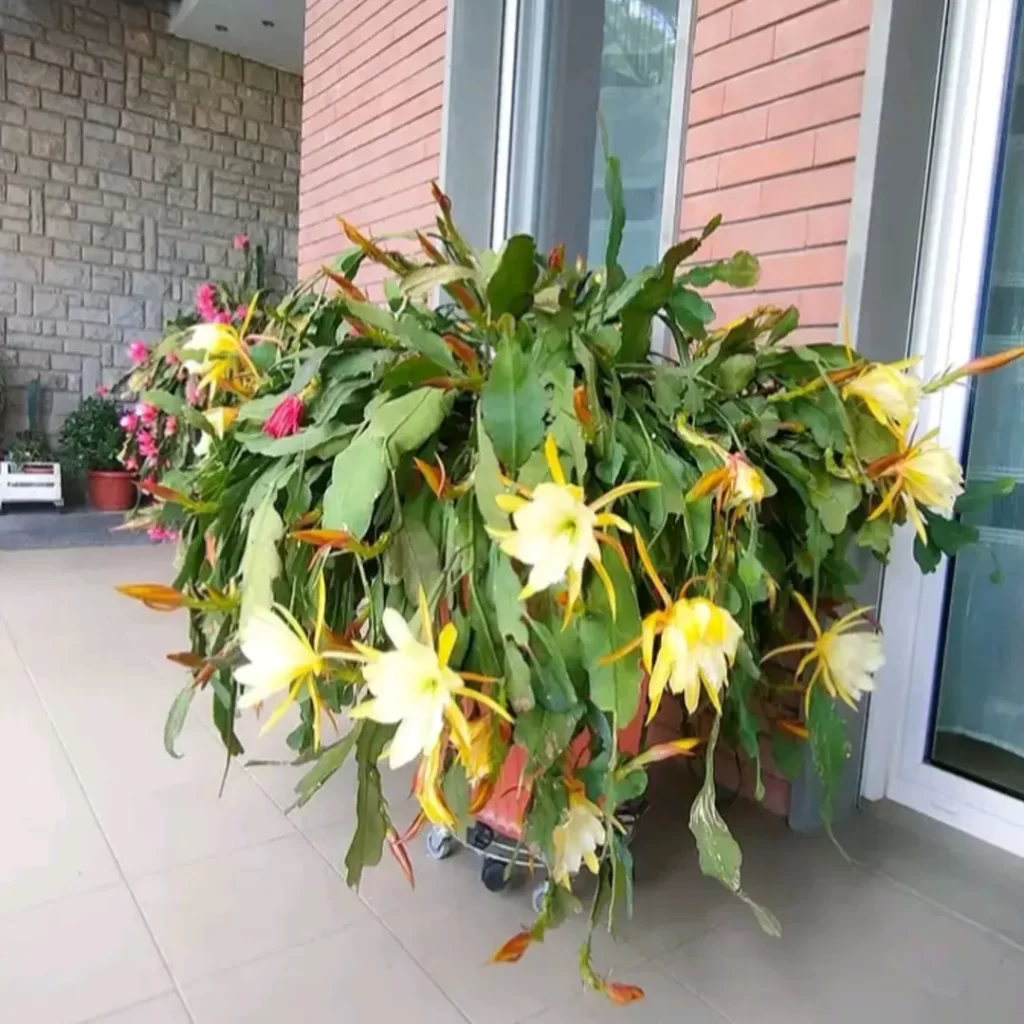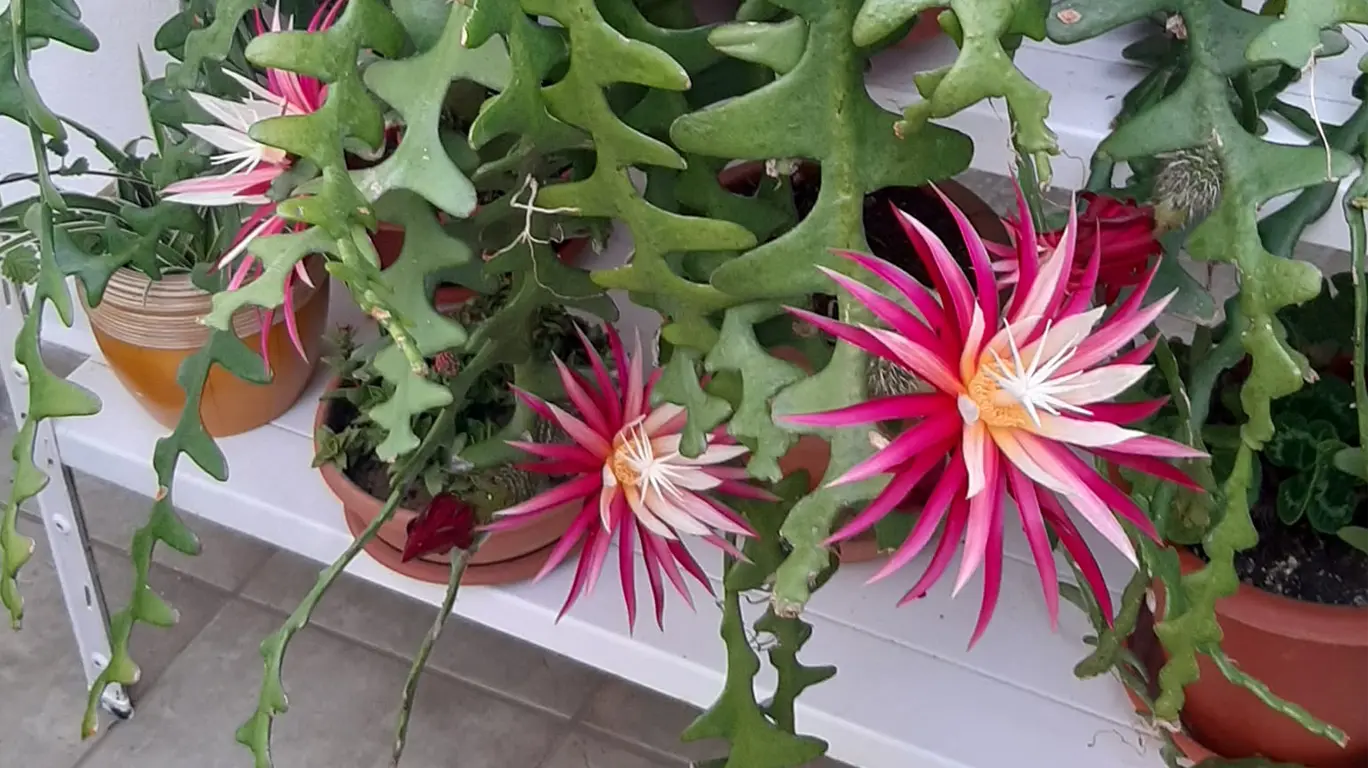The Fishbone Cactus (Epiphyllum anguliger), also known as the zigzag cactus or rickrack cactus, is a striking plant that has captivated plant enthusiasts with its distinctive foliage and unique growing habits. Its wavy, serrated stems resemble a fish’s skeleton, hence the name. This cactus is native to tropical rainforests, thriving in humid and shaded environments. In this comprehensive guide, we will cover everything you need to know about growing and maintaining a thriving fishbone cactus in your home.
Fishbone Cactus Overview
Before diving into the care instructions, let’s explore the essential characteristics of the fishbone cactus.
- Scientific Name: Epiphyllum anguliger
- Common Names: Fishbone cactus, zigzag cactus, rickrack cactus
- Plant Type: Epiphytic cactus
- Origin: Mexico
- Hardiness Zones: 10-11
- Flower Color: White to pale yellow
- Blooming Period: Late summer to early autumn
- Mature Size: 12-24 inches in length
Now that we’ve covered the basic information, let’s get into how to care for this unique and eye-catching plant.

Light Requirements for Fishbone Cactus
The fishbone cactus thrives in bright, indirect light. In its natural habitat, this cactus grows under the canopy of trees, where it receives filtered sunlight. To mimic these conditions indoors, place your cactus near a window that receives bright but indirect sunlight. Avoid exposing the plant to direct sunlight for prolonged periods, as this can scorch its delicate stems.
For those without abundant natural light, fishbone cactus can adapt to artificial grow lights. If using grow lights, ensure the cactus gets about 12-14 hours of light each day. Too little light may result in leggy growth, while too much direct sunlight can lead to yellowing and sunburn on the stems.
Optimal Light Placement:
- North or east-facing windows are ideal for fishbone cacti.
- South or west-facing windows may require some form of curtain or shade to diffuse the intense sunlight.
Watering Needs for Fishbone Cactus
Despite being a cactus, the fishbone cactus requires a bit more water than its desert-dwelling relatives. As an epiphytic plant, it thrives in humid, tropical environments. Proper watering is key to maintaining healthy growth.
- Water thoroughly, allowing the top 1-2 inches of soil to dry out between waterings.
- Excessive watering can cause root rot, so it’s important to check the soil’s moisture level before watering.
- During the growing season (spring through summer), water more frequently—typically every 1-2 weeks. Reduce watering in fall and winter when the plant’s growth slows.
Tips for Proper Watering:
- Use room-temperature, filtered water to avoid mineral buildup.
- Ensure your pot has good drainage to prevent waterlogging.

Soil Requirements for Fishbone Cactus
The fishbone cactus requires well-draining, aerated soil to mimic the conditions of its natural habitat. Since this plant is an epiphyte, it doesn’t do well in dense, water-retentive soils.
A cactus or orchid potting mix works best for this plant. You can also make your own mix by combining equal parts of:
- Peat moss or coco coir
- Perlite or pumice
- Bark chips or orchid bark
This blend ensures good drainage while providing the necessary aeration for the roots.
Humidity and Temperature Preferences
The fishbone cactus thrives in moderate to high humidity levels, similar to those found in tropical rainforests. A humidity level of 50-60% is ideal. If your home has dry air, especially during the winter, consider using a humidifier or placing your plant on a pebble tray filled with water.
In terms of temperature, fishbone cacti prefer a consistent range between 60°F and 75°F (16°C to 24°C). While they can tolerate slightly cooler temperatures, they should not be exposed to temperatures below 50°F (10°C), as this can cause damage to the plant.
Tips to Boost Humidity:
- Group your fishbone cactus with other plants to naturally increase the humidity.
- Mist the plant occasionally, especially during dry periods.

Fertilizing the Fishbone Cactus
Fishbone cacti benefit from regular fertilization during the growing season to support their robust growth and potential flowering.
- Use a balanced liquid fertilizer (20-20-20 or 10-10-10) every 4-6 weeks from spring to late summer.
- Dilute the fertilizer to half strength to avoid over-fertilizing, which can lead to salt buildup in the soil.
- During the fall and winter months, reduce or stop fertilizing as the plant enters its dormant phase.
Pruning and Propagation
Pruning:
Fishbone cacti don’t require much pruning, but removing dead or damaged stems can help the plant maintain a tidy appearance. If your plant becomes leggy or overgrown, you can trim the stems to promote fuller growth.
Propagation:
Propagating fishbone cactus is simple and highly rewarding. Follow these steps for successful propagation:
- Cut a healthy stem: Use clean, sharp scissors to take a 4-6 inch cutting from a healthy stem.
- Let it callous: Allow the cut end to dry and callous over for a few days to prevent rot.
- Plant in a well-draining mix: Insert the cutting into moist cactus soil, and keep it in indirect light.
- Water sparingly: Water the cutting after a few days and continue to keep the soil slightly moist until you see new growth, which indicates the cutting has rooted.
Common Pests and Problems
Fishbone cacti are relatively low-maintenance, but like any houseplant, they can encounter some problems.
- The most common pests are mealybugs and spider mites. Regularly inspect your plant, especially under the stems, and treat infestations with insecticidal soap or neem oil.
- Overwatering the plant can lead to root rot. Always ensure your soil drains well and that the plant is not sitting in water.
- Stem yellowing may indicate too much sunlight or insufficient watering. Adjust your care routine accordingly.
Fishbone Cactus Blooming
One of the most exciting aspects of caring for a fishbone cactus is the chance to witness its rare, night-blooming flowers. The flowers are large, fragrant, and typically white to pale yellow. However, getting your cactus to bloom can be challenging. It often requires optimal light, proper humidity, and a consistent care routine.
To encourage blooming:
- Ensure your plant gets enough bright, indirect light.
- Keep humidity levels high.
- Feed your cactus regularly with a high-phosphorus fertilizer during the blooming season.
When the conditions are right, the cactus will reward you with stunning, short-lived blooms in late summer or early autumn.
Conclusion
The fishbone cactus is an ideal houseplant for anyone looking to add a unique, tropical vibe to their home. By providing the right balance of light, water, humidity, and care, you can enjoy this distinctive plant year-round. With patience and attention to detail, your fishbone cactus might even surprise you with its beautiful, fragrant blooms.

